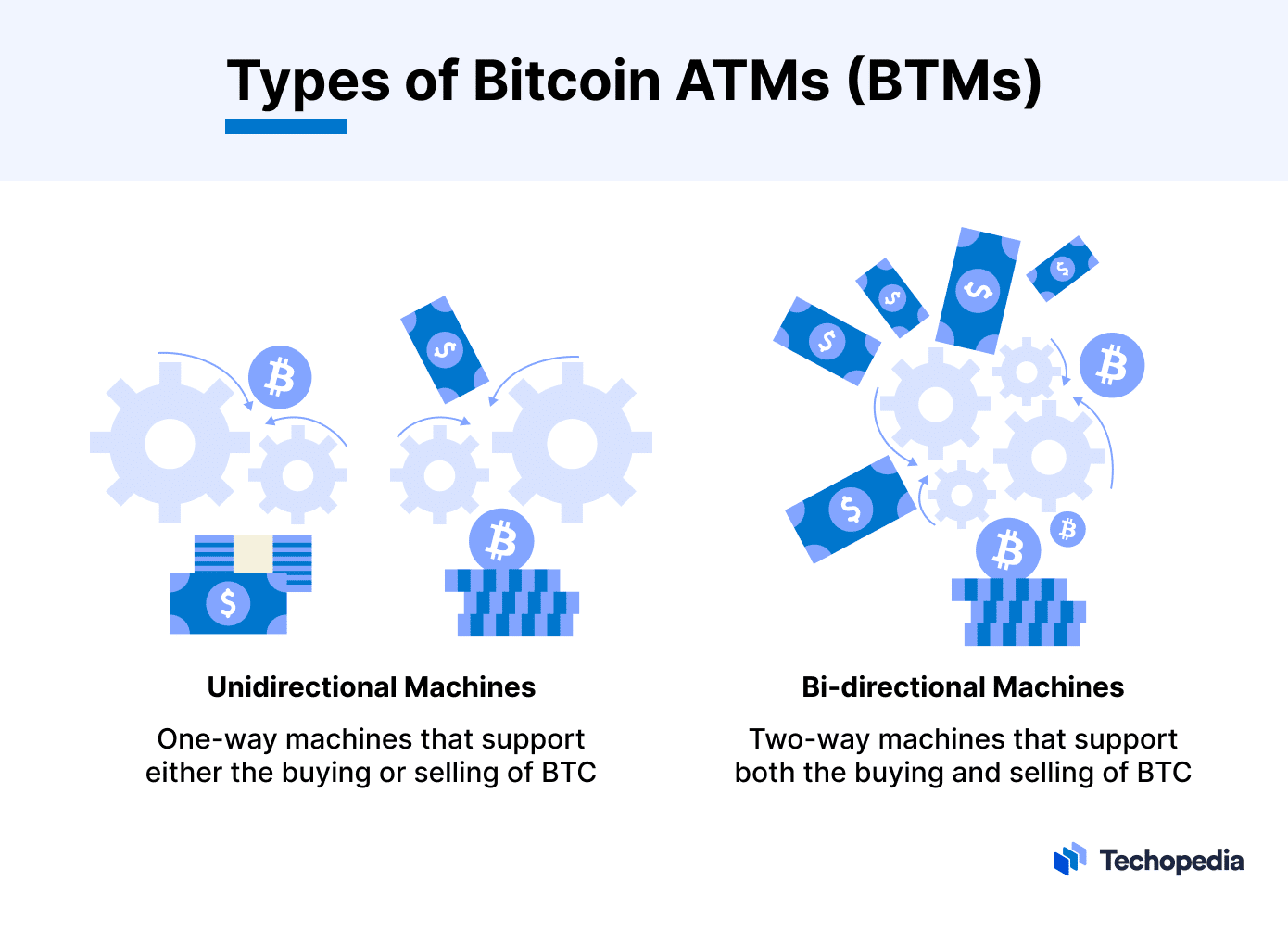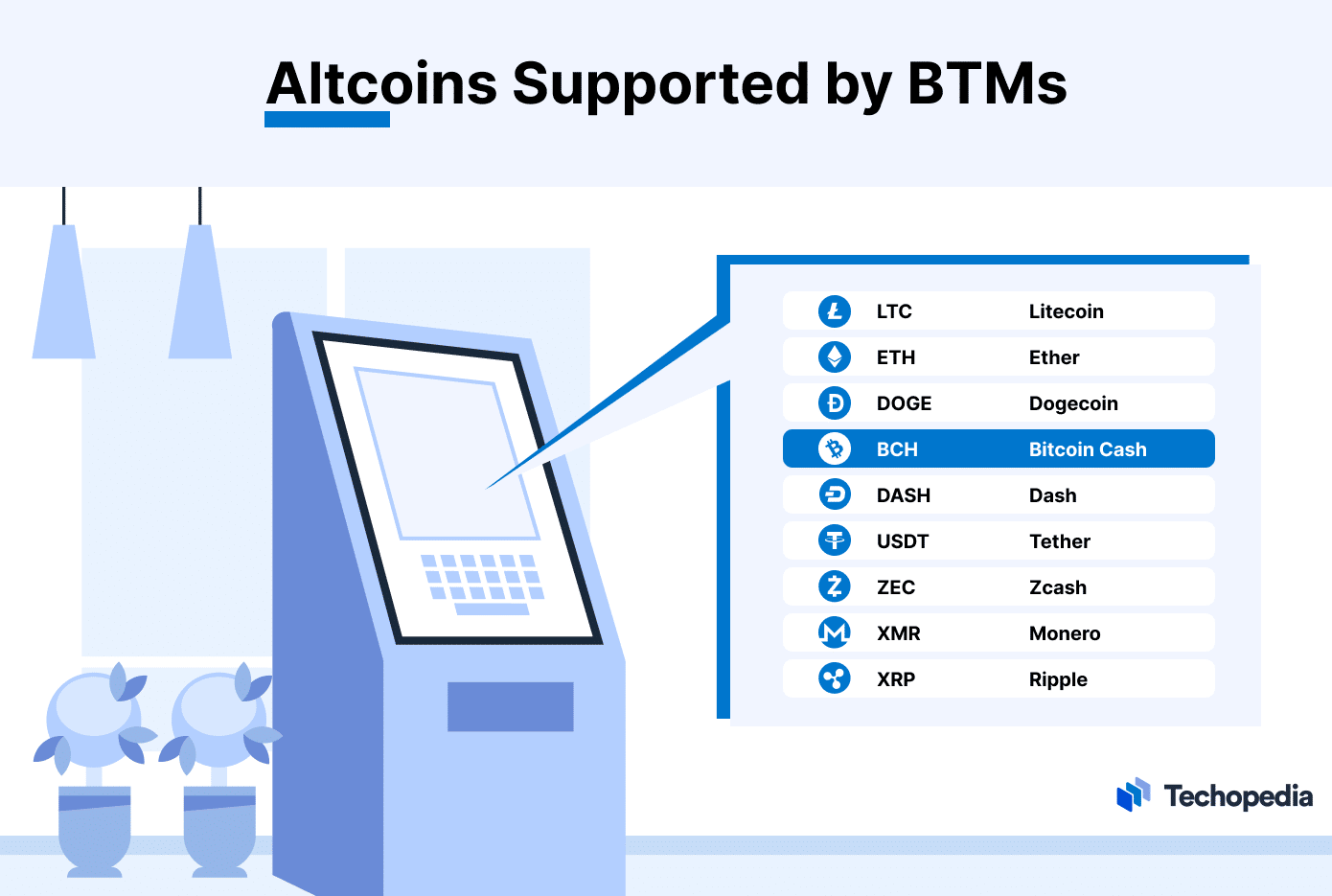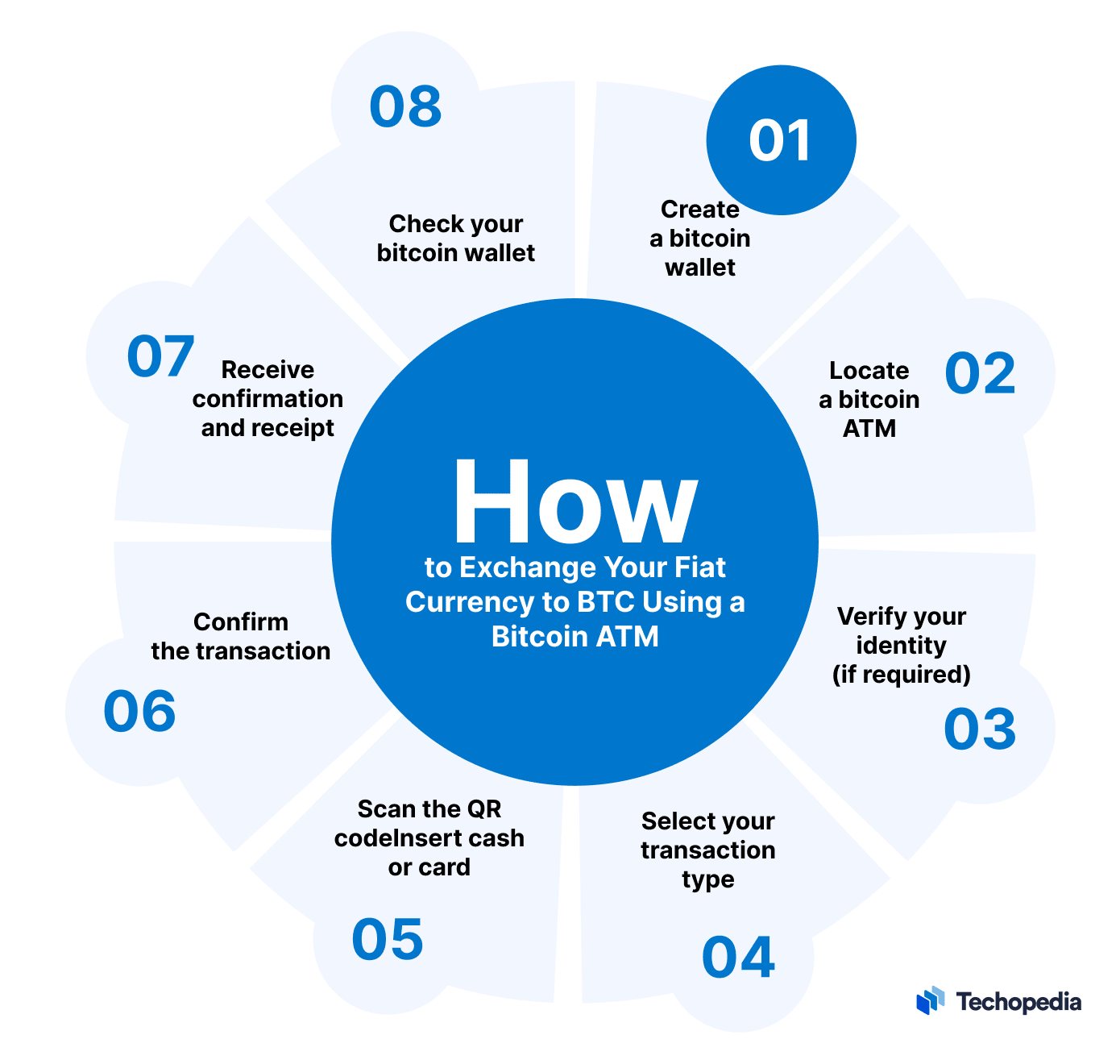Bitcoin (BTC) ATMs have emerged as a convenient tool for buying and selling bitcoin, with the number of machines installed around the world growing rapidly over the past few years.
They have grown from around 5,000 in 2019 to as many as 39,000 in 2022, according to CoinATMRadar.
Understanding how to use a bitcoin ATM can open up new possibilities in the use of digital assets for seasoned cryptocurrency enthusiasts and curious beginners alike.
In this comprehensive guide, we explain how to use a bitcoin machine, step by step, to ensure a seamless experience.
Understanding Bitcoin ATMs
Bitcoin ATMs provide a physical and accessible way for anyone to buy or sell bitcoin, even if they do not have access to online cryptocurrency exchanges.
This accessibility is especially important for individuals in regions with limited access to traditional banking services or cryptocurrency platforms. They are simple and fast to use, and unlike online platforms, allow users to buy bitcoin with cash. Some bitcoin ATMs do not require identity verification, allowing users to transact anonymously.
What is a Bitcoin ATM?
A bitcoin ATM, often referred to as a Bitcoin Teller Machine or BTM machine, is a physical electronic kiosk that allows users to buy or sell bitcoin using cash, credit or debit cards, or in some cases, mobile wallets.
While traditional ATMs dispense cash, crypto ATMs exchange fiat currency for cryptocurrency and vice versa. Some crypto ATMs sell other coins or tokens in addition to bitcoin.
Bitcoin ATMs have gained popularity because of their accessibility and user-friendly interfaces, making it easier for individuals to conduct cryptocurrency transactions without the need for extensive technical knowledge or online exchanges.
While there are BTMs located around the world, they tend to be concentrated in large population centers, with the majority in North America.
How Do Bitcoin ATMs Work?
Bitcoin ATMs work by connecting to the Internet and accessing a cryptocurrency exchange to provide real-time exchange rates and convert cash into bitcoin, or vice versa.
They connect to the user’s bitcoin wallet rather than their bank account and transfer cryptocurrency to and from the wallet via a QR code. Transactions are processed on the blockchain, and once the transfer is completed, a record will be added to the wallet.
There are two types of BTC ATMs: unidirectional machines that support one-way transactions to either buy or sell bitcoin, and bi-directional versions that support two-way transactions to both buy and sell.
Some bitcoin ATMs, depending on the transaction amount, require the user to provide a phone number to send a text verification code and a form of government-issued identification.
Crypto ATM fees average around 15-16% per transaction and can rise above 20% depending on the operator and transaction type, according to data compiled by Coin ATM Radar.
How to Use a Bitcoin ATM: A Step-by-Step Guide
If you want to use a bitcoin machine, here are the steps to follow to complete a transaction successfully.
Create a Bitcoin Wallet
Before heading to a bitcoin ATM, you need to have a BTC-compatible cryptocurrency wallet. A wallet is essential for receiving, sending, storing, and managing your cryptocurrency. There are several types of crypto wallets to choose from, each with its own advantages and security features:
- Mobile wallets: Smartphone applications that offer convenience and accessibility. Examples include Coinbase, Electrum, and Trust Wallet.
- Desktop wallets: Installed on your computer, desktop wallets like Exodus and Bitcoin Core provide more control over your funds.
- Hardware wallets: Physical hardware devices like Ledger Nano S or Trezor store your bitcoin offline, making them highly resistant to hacking.
For a more in-depth comparison of wallets, see our Best Bitcoin Wallets guide.
Locate a Bitcoin ATM
Once you have a bitcoin wallet, the next step is finding a crypto ATM near you. They are less common than traditional ATMs, but you can easily locate one using online platforms such as CoinATMRadar or bitcoin.com’s ATM map.
These services provide a map of nearby ATMs and offer useful information like operating hours, fees, and supported transaction types.
ATMs often have support for other cryptocurrencies, including LTC, DOGE, USDT, and XRP.
Choose a BTC ATM that suits your needs, considering factors such as transaction fees, limits, and location. Different ATMs may have varying fee structures, and some can be quite high, so it can be cost-effective to travel to a machine further away to get the lowest fees.
Compare fees across different ATMs to make sure you get the best deal and check that the machine you choose supports your intended type of transaction. Also, be aware that some operators will require you to create and log in to an account with them.
Opt for an ATM in a well-lit and secure location, especially if you intend to carry out a large transaction.
Verify Your Identity (If Required)
Depending on the regulations and local laws in your location and the specific bitcoin ATM, you may be required to verify your identity. You can typically do this using your phone number, email address, or identification documents. It is important to comply with these regulations to ensure a smooth transaction process and stay within legal boundaries.
Select Your Transaction Type
Once you have located a bitcoin ATM and completed any necessary identity verification, you can choose your transaction type. You can opt to either buy or sell BTC, depending on your needs. Specify the amount you want to transact.
Scan the QR Code
If you are buying bitcoin, you will need to have your BTC wallet QR code ready to scan. The QR code contains your wallet’s address, or public key, which the ATM uses to send the purchased bitcoin to your wallet. This is more convenient – and accurate – than entering the address manually. If you send bitcoins, the ATM will provide you with a paper wallet or a receipt containing a QR code where you can deposit your bitcoin.
Insert Cash or Card
To purchase bitcoin, you will need to insert the cash amount specified by the ATM for your chosen transaction. The ATM will calculate the equivalent amount of bitcoin based on the current exchange rate and add any transaction fees. If you are using a debit or credit card, follow the on-screen prompts to complete the transaction.
Confirm the Transaction
Review the transaction details displayed on the ATM screen. It is critical to ensure that the amount, transaction type, and wallet address are accurate, as blockchain transactions are irreversible and the funds could be lost if you make a mistake. Once you have verified that the details are correct, confirm the transaction.
Receive Confirmation and Receipt
Bitcoin transactions require network confirmations, which can take some time, so you will need to be patient during this process. Once the transaction is confirmed, the bitcoin ATM will provide you with a receipt containing important information, including a transaction ID.
Check Your Bitcoin Wallet
If you are buying BTC, check your wallet for the incoming transaction. Keep in mind that it may take some time for the bitcoin to appear in your wallet, depending on network traffic and confirmations. If you are selling BTC, wait for the transaction to be confirmed before leaving the ATM to be sure the transfer has been completed.
Tips for a Seamless Bitcoin ATM Experience
Now that you have learned the process for using a bitcoin ATM, here are some additional tips to ensure a smooth and secure experience:
- Check reviews. There are some unscrupulous bitcoin ATM operators, so look for reviews for that specific ATM, especially if you are unfamiliar with the provider.
- Choose a secure location. Always use bitcoin ATMs in well-lit, public areas. Avoid using ATMs located in secluded or poorly monitored locations to reduce the risk of theft or fraud.
- Compare transaction fees. Different bitcoin ATMs may charge varying fees. Be cautious of high transaction fees and compare fees across multiple machines to minimize transaction costs.
- Use a secure wallet. Consider using a bitcoin wallet with added security features, such as two-factor authentication (2FA), to protect your funds.
- Check transaction details. Follow all on-screen instructions carefully. Before confirming any transaction, carefully review all the details displayed on the ATM screen. Make sure that the recipient’s wallet address is correct to avoid potential loss of funds.
The Bottom Line
A bitcoin ATM can be a straightforward and convenient way for beginners and experienced users alike to buy and sell cryptocurrency. They provide a user-friendly bridge between traditional finance and the world of digital currencies, making it easy for individuals to participate in the crypto revolution, even if they do not have a traditional bank account or use a crypto exchange.
By choosing a secure location, checking transaction fees, and using a reliable BTC wallet to safeguard your assets, you can make sure the process runs smoothly. Follow the steps outlined above to explore bitcoin ATMs and embark on your cryptocurrency journey with confidence.







